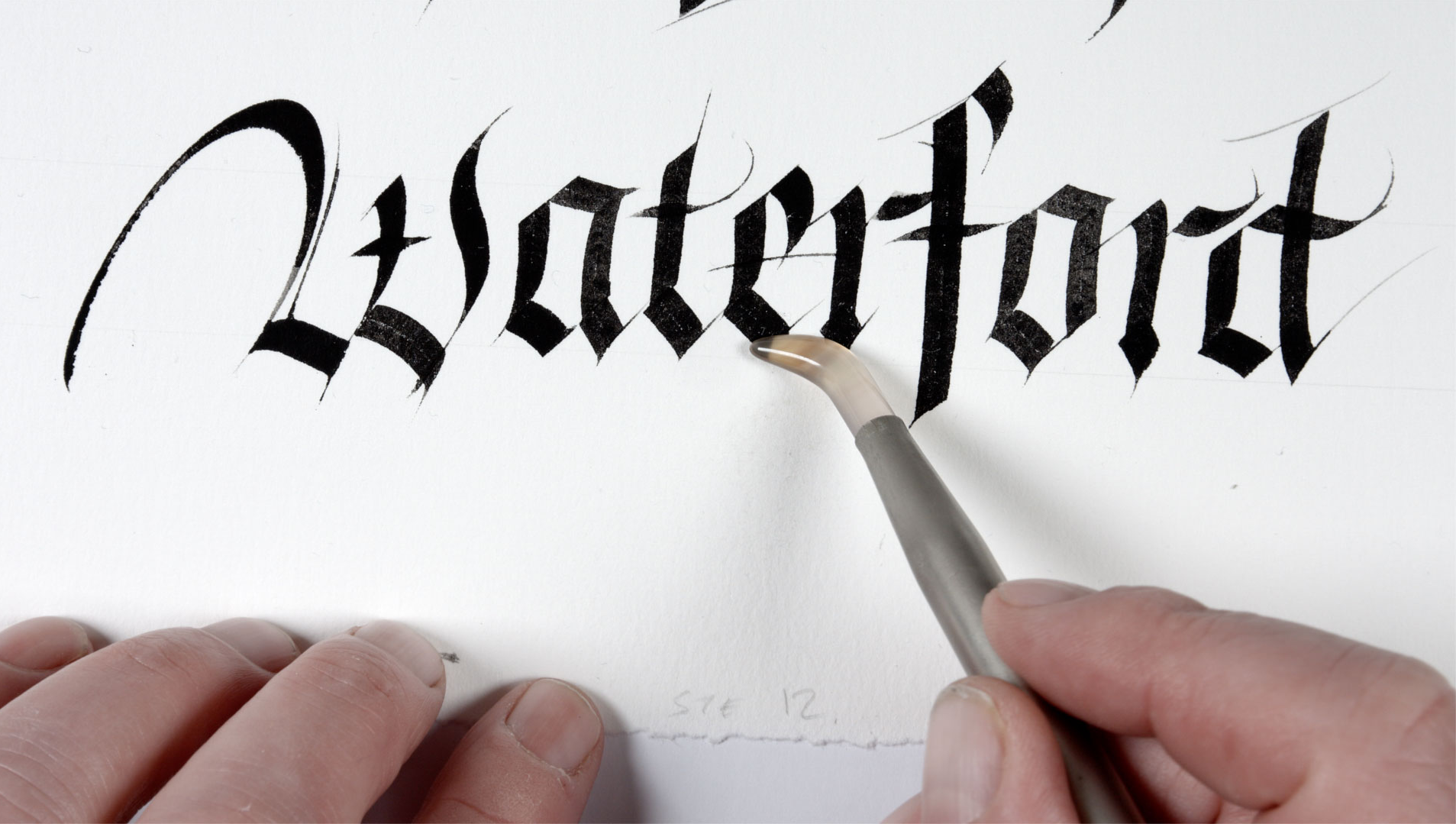
From the beginning of the eighteenth century, political power in Ireland was held exclusively by members of the established church – the Church of Ireland. A series of penal laws were passed by parliament excluding Catholics from positions of power and influence across the country. In Waterford, the Catholic merchant families that had ruled the city for generations were no longer in power.
In spite of this, many Catholic merchant families continued to prosper in Waterford throughout the period of the penal laws. In fact, Waterford was unique in Ireland for the tolerance that existed between the members of different religious persuasions.
From 1704, the Protestant-controlled city council dropped commercial restrictions against Catholics and, from 1710 onwards, Catholics were allowed to become freemen of the city. The minutes of Waterford City Council record that the motive for the easing of these restrictions was ‘the great decay of trade in the city’. The reality of the situation was of course that the new ruling Protestant elite could not manage without the business knowledge and commercial contacts of the long-established Catholic merchant families.
Not all Catholic families however were content to remain in Waterford. Many left to seek their fortunes in Catholic France and Spain. Cadiz, Andalucía, southern Spain, was a prospering port in the 18th century, especially from 1717 when it was granted a monopoly of the trade between Spain and its American empire. It was in Cadiz that three Waterford families in particular settled and made their fortunes – the Whites, Walshes and Carews. These families did not forget their origins or the city of their birth. On display in the Bishop’s Palace is a collection of 18th century Catholic Church silver which was sent back to Waterford by these three families. It was used in what was known as the ‘Big Chapel’ which stood on the site of the present cathedral in Barronstrand Street. There was no Catholic cathedral in city from 1650 until the new one was built in 1793.
One of the most successful Waterford-born merchants of Cadiz was Lawrence Carew. He was born in Waterford around 1683 and left Waterford for Cadiz around 1713. Settling in Cadiz, he married a wealthy Portuguese widow and prospered as a merchant in that city, becoming a Spanish citizen in 1731. In the 1750s he gifted a set of six silver candlesticks and a reliquary crucifix (pictured below) for the high altar in the ‘Big Chapel’. The reliquary crucifix was designed to hold a relic – perhaps a relic of the True Cross.
As well as the gifts of silver candlesticks and crucifix to the ‘Big Chapel’ Lawrence Carew also founded and endowed an almshouse for poor widows which was attached to St Patrick’s Catholic parish church off Jenkin’s Lane. Following his death the charity was administered by his son-in-law Nicholas Langton and was supported by the rental income from house property in Cadiz. Accommodation was provided for thirteen women who were given lodgings and were paid a pension of £4 a year. In 1956 there were ten women in residence although the yearly pension by then had been reduced to £3 a year.
Lawrence Carew also endowed a charity in Cadiz – the Hospital de Mujeres, now the diocesan headquarters. The chapel contains some fine works of art, notably El Greco’s Ecstasy of St. Francis as well as a painting of St. Patrick depicted expelling the snakes from Ireland.
In order to progress in staunchly-Catholic Spain, Laurence Carew needed to show that he was of good Catholic stock. Also on display in the Bishop’s Palace is a beautifully illuminated pedigree which he commissioned in 1724 to show that he was from a respectable Catholic family forced into exile because of religious persecution for its adherence to the Catholic faith. The pedigree is decorated with the coats of arms of his parents who are listed as ‘Sir James Carew and Lady Christina O’Brien’. According to the pedigree his grandparents were natives of Drogheda. However they were forced to flee to Waterford because of the destruction of Drogheda by ‘that hard-hearted Tyrant Oliver Cromwell’ in 1649. The pedigree also states that his family and all his all his ancestors were ‘baptised Catholics, born of legitimate wedlock and far from all Heresies, Scandals, the exercise of vile practices or free from any stain of the impure blood of Moors, Jews, Turks or Heretics, to have always been steadfast pupils of the Roman Catholic Faith’. The pedigree was signed by all the Catholic clergy in Waterford as well as by the bishops of Ossory and Ferns and is testimony to the ambition of Lawrence Carew who left Waterford to seek his fortune in Spain in the 18th century.


